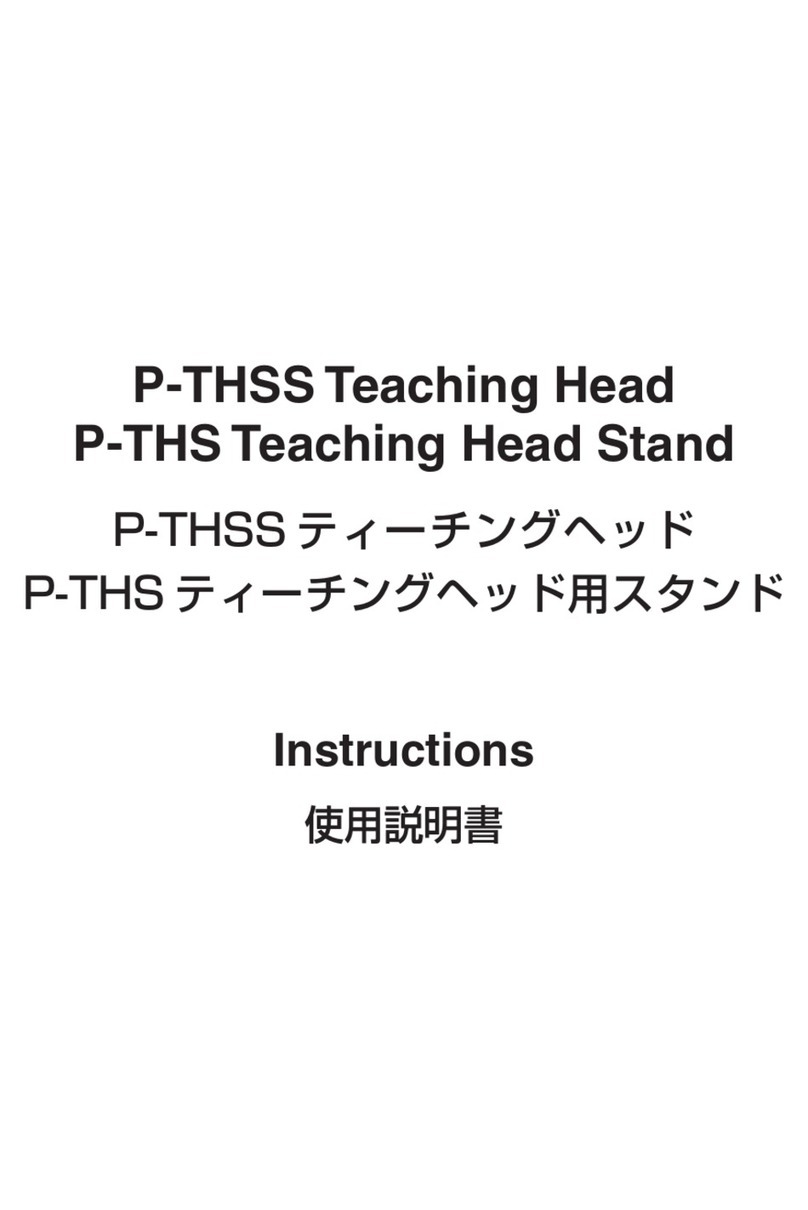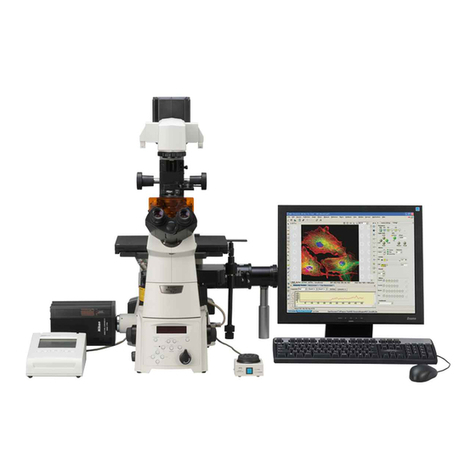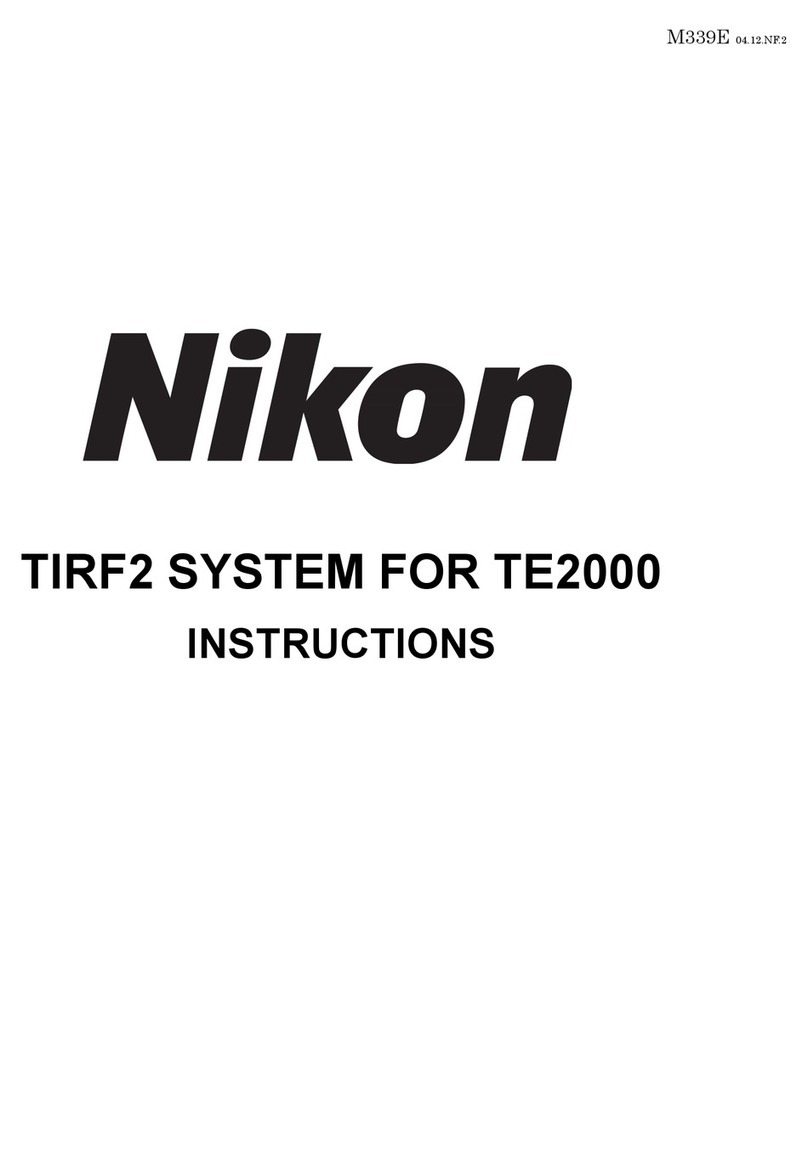
3
Chaper 1 General Description
1
5-7. ALID .............................................................................................................. 66
5-8. ALTX ............................................................................................................. 68
5-9. CCODE .......................................................................................................... 69
5-10. CEED ............................................................................................................. 72
5-11. CEID .............................................................................................................. 73
5-12. COMMACK ................................................................................................... 75
5-13. CPNAME ....................................................................................................... 75
5-14. CPACK .......................................................................................................... 75
5-15. CPVAL ........................................................................................................... 75
5-16. DATALENGHTH ............................................................................................ 76
5-17. DATAID ......................................................................................................... 76
5-18. DRACK .......................................................................................................... 76
5-19. EAC ............................................................................................................... 76
5-20. ECDEF ........................................................................................................... 77
5-21. ECID .............................................................................................................. 77
5-22. ECMAX ......................................................................................................... 80
5-23. ECMIN .......................................................................................................... 80
5-24. ECNAME ....................................................................................................... 80
5-25. ECV ............................................................................................................... 80
5-26. EDID .............................................................................................................. 81
5-27. ERACK .......................................................................................................... 81
5-28. ERRW7 .......................................................................................................... 81
5-29. GRANT6 ....................................................................................................... 81
5-30. LENGTH ........................................................................................................ 81
5-31. LRACK .......................................................................................................... 82
5-32. HCACK .......................................................................................................... 82
5-33. MDLN ........................................................................................................... 82
5-34. MEXP ............................................................................................................ 82
5-35. MHEAD ......................................................................................................... 83
5-36. OFLACK ........................................................................................................ 83
5-37. ONLACK ....................................................................................................... 83
5-38. PPARM .......................................................................................................... 83
5-39. PPGNT .......................................................................................................... 83
5-40. PPID .............................................................................................................. 84
5-41. RCMD ........................................................................................................... 84
5-42. RPTID ............................................................................................................ 87
5-43. SEQNUM ...................................................................................................... 87
5-44. SHEAD .......................................................................................................... 87
5-45. SOFTREV ...................................................................................................... 88
5-46. SV ................................................................................................................. 88
5-47. SVID .............................................................................................................. 88
5-48. SVNAME ...................................................................................................... 89
5-49. UNITS ........................................................................................................... 89
5-50. V .................................................................................................................... 89
5-51. VID ................................................................................................................ 89






























